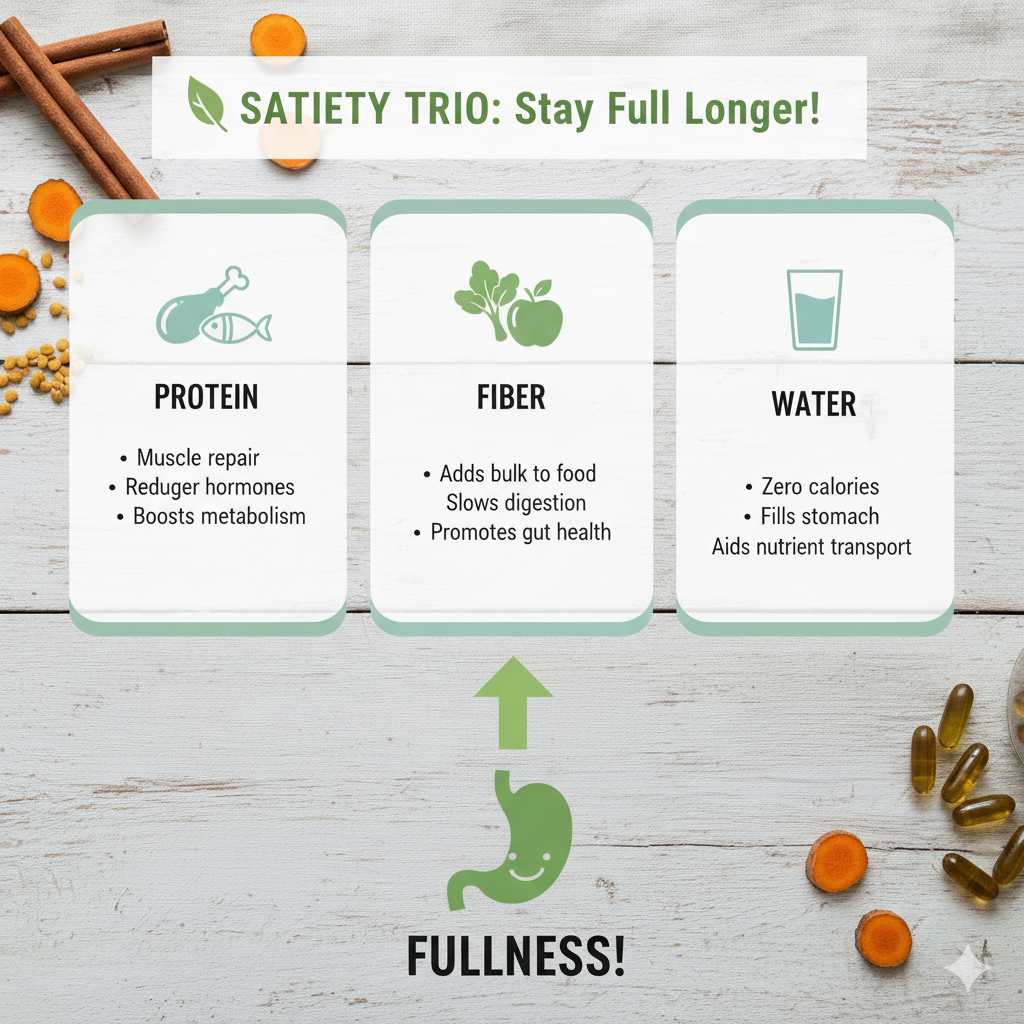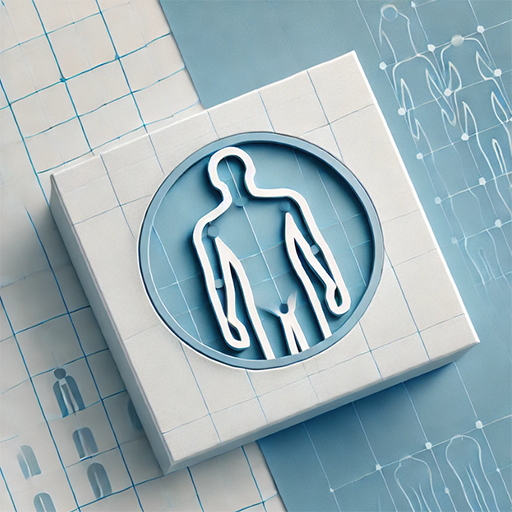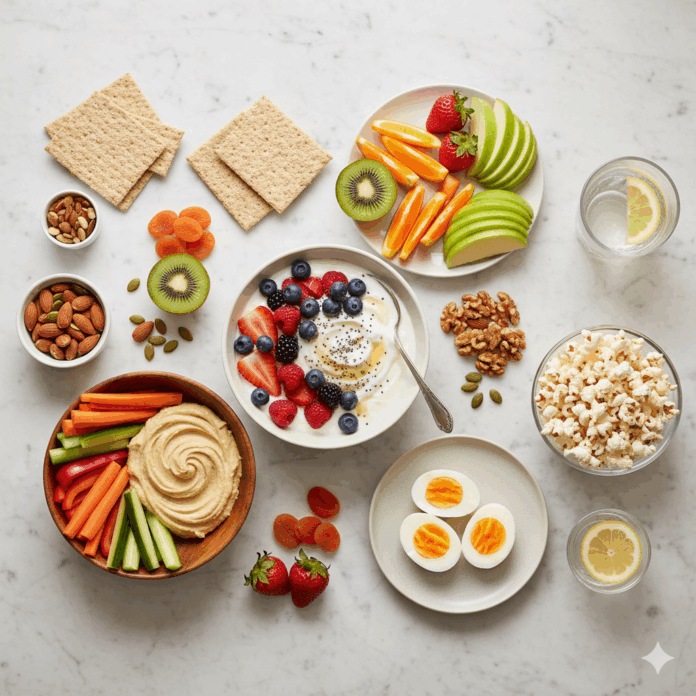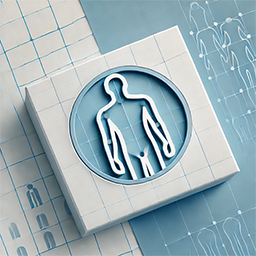When you’re trying to lose weight, one of the biggest challenges is staying full between meals. Those mid-morning or afternoon hunger pangs can sneak up on you, making it tempting to grab whatever is quick and convenient—often something sugary or processed. Over time, this can lead to overeating, poor food choices, and frustration with your progress.
But here’s the good news: the right snacks can make all the difference. Choosing foods that are rich in protein, fiber, and water helps you feel full longer, stabilize your blood sugar, and prevent sudden cravings. These nutrients work together to slow digestion, support steady energy, and keep your appetite under control. That means fewer empty calories and more satisfaction from every bite.
In this post, you’ll find:
✔ The science behind satiety and why some snacks keep you full longer
✔ What to look for in a weight-loss snack (protein, fiber, water, and low energy density)
✔ 15 of the best satisfying snacks for weight loss
✔ Tips on portion control, timing, and snack habits to make your plan easier to follow
✔ A simple call to action so you can start applying these ideas today
Let’s dive in and discover how the right snacks can help you stay satisfied, eat smarter, and reach your weight loss goals faster.
Why Some Snacks Keep You Full Longer
Understanding Satiety & Appetite Control

Satiety is the feeling of fullness you get after eating. It tells your brain that your body has enough energy and nutrients, helping you stop eating before you overdo it. The more satiating a snack is, the longer it keeps hunger away and the easier it becomes to manage your portions at your next meal.
Foods that are high in protein, fiber, and water (or have more “bulk”) tend to send stronger fullness signals to your brain. Protein helps slow digestion and control appetite hormones, fiber adds volume and keeps your stomach feeling full, and water-rich foods take up space without adding extra calories. This combination helps you stay satisfied for hours.
A review on food satiety found that a food’s “filling power” depends not only on its nutrients—like protein, carbs, and healthy fats—but also on how it looks, smells, and feels in your mouth. In other words, even the texture and flavor of your snacks can influence how full you feel after eating. (ScienceDirect)
One clinical study also showed that people who ate high-protein, low-fat yogurt snacks in the afternoon felt fuller for longer and ate less later in the day, compared to those who had higher-fat snacks. (PMC)
In short: choose snacks that offer real fullness, not just quick calories. The right combination of nutrients can help control your hunger, reduce cravings, and keep your energy steady throughout the day.
What to Look for in a Snack for Weight Loss

When selecting or preparing a snack, keep these key features in mind to make sure you’re getting maximum satisfaction and nutrition without unnecessary calories. The right mix of nutrients can help you stay full, support steady energy, and make your weight-loss plan easier to follow.
1. Protein (about 5–15 g)
Protein is one of the most powerful nutrients for weight management. It helps slow digestion, supports lean muscle mass, and keeps you full longer by regulating hunger hormones. Including protein in your snacks—like Greek yogurt, boiled eggs, or edamame—helps you avoid blood sugar dips and mindless munching later in the day. (Healthline)
2. Fiber (≥ 3 grams, ideally)
Fiber is your secret weapon for staying full and satisfied. It adds bulk to your food, slows how quickly your stomach empties, and keeps your digestive system healthy. High-fiber snacks also help balance blood sugar, reducing sudden cravings. Think fruits with skin, vegetables, whole grains, or beans. They keep your hunger steady while nourishing your gut microbiome. (Verywell Health)
3. Low Energy Density / High Volume
Snacks that offer more volume for fewer calories can help you feel full without overeating. These foods are often high in water or air, making them physically satisfying even in smaller portions. Examples include air-popped popcorn, fresh fruits, and raw veggies. They fill your stomach with fewer calories and are ideal if you struggle with portion control. (ScienceDirect)
4. Healthy Fats in Moderation
Healthy fats add flavor, texture, and satisfaction to your snacks. They slow digestion and promote fullness, which helps curb cravings between meals. However, fats are calorie-dense, so portion control is key. Choose nuts, seeds, avocado, or nut butters, and stick to small servings—about a tablespoon or a small handful—to get the benefits without going overboard.
5. Minimal Added Sugar or Excess Processing
Not all snacks are created equal. Highly processed foods with added sugars, refined flours, and artificial ingredients can cause blood sugar spikes and crashes, leaving you hungrier than before. Look for whole-food snacks with simple ingredient lists. The closer it is to its natural form, the better it is for your energy and appetite control. (The Nutrition Source)
Choosing snacks that meet these five criteria will help you stay full longer, control cravings, and support healthy weight loss—without feeling deprived or restricted.
15 Best Snacks for Weight Loss That Keep You Full

Here are tasty, smart snack options that combine those principles:
High-Protein + Fiber Snacks
- Greek Yogurt with Berries or Chia Seeds
Greek yogurt is thick and rich in protein. When paired with berries (fiber) or chia seeds (fiber and omega-3s), it becomes a power snack. (Healthline) - Edamame (Steamed or Roasted)
These young soybeans deliver both protein and fiber. One cup gives you a solid dose to keep hunger at bay. (Eat This Not That) - Roasted Chickpeas or Other Legumes
Crunchy roasted chickpeas make a satisfying snack. They pair fiber, protein, and crunch well. (Health) - Nut Butter + Apple / Banana Slices
Slice an apple or banana and pair with 1 tbsp almond or peanut butter. The fiber from fruit plus fats and protein from nut butter create balance. (Health) - Mixed Nuts & Seeds (Small Portion)
A small handful (~1 oz) of almonds, pistachios, walnuts, or mixed seeds offers healthy fats, protein, and fiber. (Healthline) - Energy Balls / No-Bake Bites
Combine oats, nut butter, seeds, dried fruit, and protein powder to make bite-sized snacks. Keep portions small. (EatingWell)
High-Fiber, Lower-Calorie Snacks
- Air-Popped Popcorn
Three cups of air-popped popcorn deliver fiber and volume with few calories. Be cautious with butter or oil. (Verywell Health) - Vegetable Sticks + Hummus
Carrot, cucumber, celery sticks with 2–3 tbsp hummus gives fiber, protein, and volume. Hummus snacking improved appetite control in some studies. (American Society for Nutrition) - Kale Chips or Roasted Veggie Crisps
Kale, zucchini, or beet chips (lightly baked/air-fried) offer crunch, fiber, and flavor. (Verywell Health) - Smoothie with Greens, Fruit, Protein
Blend spinach/kale + berries + Greek yogurt or protein powder + chia/flax. Adjust liquid so it’s thick (more filling). (Verywell Health) - Whole-Grain Crackers + Canned Tuna or Low-Fat Cheese
A few whole-grain crackers with canned tuna or low-fat cheese adds protein + fiber. Use plain crackers, not refined white ones. - Pear or Apple (with Skin)
Fruit with skin contains fiber and water to help with fullness. Pair with a small protein source if possible. (Mayo Clinic)
Strategic Snacks in Context
- Boiled Potato (Half a Medium, with Skin)
According to one satiety index study, boiled potatoes ranked very high in fullness power. Eat in small portion. (Healthline) - Hard-Boiled Egg + Veggie Slices
Eggs provide a high-quality protein punch with minimal fuss. Pair with raw veggie sticks. - Cottage Cheese + Cucumber or Berries
Low-fat cottage cheese is high in protein and pairs well with vegetables or fruits for fiber.
How to Snack Wisely (Habits That Help)
Choose Portion Sizes Carefully

Even “good” snacks can derail your weight-loss progress if portions are too large. Healthy foods like nuts, granola, or yogurt can still add up in calories when eaten mindlessly. A good rule of thumb is to aim for 150–250 calories per snack. This range gives your body enough fuel to stay satisfied between meals without pushing you into a calorie surplus. Using measuring cups, small containers, or portioned snack bags can help you stay on track and avoid overeating.
Time Snacks Strategically
When you eat matters just as much as what you eat. The best times to snack are mid-morning or mid-afternoon, when your energy might dip and hunger naturally increases. Snacking at these times helps you stay focused and prevents overeating during your next meal. Avoid eating snacks late at night, as your metabolism slows down and you’re more likely to make impulsive food choices that add extra calories.
Drink Water Before Snacking
It’s easy to confuse thirst with hunger—a common mistake when trying to lose weight. Before grabbing a snack, drink a full glass of water and wait a few minutes. You might notice that the craving fades, which means you were just dehydrated. Staying hydrated not only helps control hunger but also supports digestion and boosts metabolism throughout the day.
Use Snacks to Bridge Gaps, Not Replace Meals
Snacks should act as bridges between meals, not full replacements. They’re meant to prevent energy crashes, not fill you up completely. Think of snacks as small “boosts” to keep you fueled and focused. If you find yourself using snacks as meal replacements, it might be a sign your main meals lack enough protein, fiber, or healthy fats. Adjusting those meals can reduce the need for extra snacking.
Think Texture and Chewing
Texture plays a big role in how satisfied you feel after eating. Crunchy or chewy snacks—like raw veggies, edamame, or nuts—take longer to eat, which allows your brain to catch up with your stomach’s fullness signals. The act of chewing also increases satisfaction and reduces the urge to keep eating. According to research published in Nature, the more time you spend chewing, the better your body regulates hunger and fullness.
Monitor Your Total Intake
Even healthy snacks contribute to your daily calorie total, so it’s important to keep an eye on overall intake. Logging your snacks in an app or journal can help you stay aware of how much you’re eating throughout the day. If you notice your snacks are adding more calories than expected, adjust your meal portions or choose lower-calorie options to stay within your goals.
Smart snacking isn’t about restriction—it’s about balance, timing, and awareness. When done right, snacks can keep your energy up, prevent cravings, and make your weight-loss journey easier to maintain long-term.
Sample Snack Plan (for a Day)
| Time | Snack Idea | Approx. Calories* |
|---|---|---|
| 10:00 AM | Greek yogurt + berries | ~120–150 |
| 3:00 PM | Carrot sticks + hummus or edamame | ~150 |
| 5:30 PM | Apple slices with 1 tbsp almond butter | ~170 |
* Estimates — adjust based on your own needs and goals.
Why These Snacks Work: Backed by Evidence
Science consistently supports that the right type of snacks can make a real difference in managing hunger and maintaining a healthy weight. Choosing snacks rich in protein, fiber, and whole grains—like nuts, Greek yogurt, popcorn, or prunes—can keep you fuller for longer and reduce cravings for unhealthy foods later in the day. (ResearchGate)
Protein slows digestion and helps preserve muscle while fiber adds volume and promotes gut health. These two nutrients work together to create a strong feeling of fullness, also known as satiety, which prevents overeating and helps regulate your appetite naturally.
In one 12-week clinical trial, participants who ate high-protein, high-fiber snack bars reported greater fullness, better appetite control, and even improved body fat percentages compared to those who ate traditional processed snacks. (Yale-Griffin Prevention Research Center) This shows that snack quality—not just calorie count—plays a key role in weight management.
Another 24-week randomized controlled trial (RCT) found that people who snacked on mixed tree nuts instead of refined carbs experienced weight loss, improved satiety, and better metabolic health markers. (healthcare.orgain.com) Nuts provide healthy fats, plant protein, and fiber, which help stabilize blood sugar and keep hunger in check.
Similarly, research from the American Society for Nutrition revealed that snacking on hummus—a blend of chickpeas, tahini, and olive oil—helps improve appetite regulation and glycemic control compared to sugary snacks or skipping snacks entirely. The combination of protein, fiber, and healthy fats makes hummus a satisfying and blood sugar–friendly choice.
Lastly, the Harvard School of Public Health emphasizes that while snacking can sometimes lead to weight gain when done excessively, nutritious, lower-calorie, high-volume snacks (like fruits, veggies, and whole grains) can actually support long-term weight control. (The Nutrition Source)
In short, these studies prove that smart snacking is backed by science. Choosing foods that deliver a balance of protein, fiber, and healthy fats doesn’t just help you lose weight—it helps you maintain it by keeping hunger steady and energy levels high throughout the day.
Common Snack Mistakes to Avoid

Even the healthiest snacks can work against your goals if you’re not careful with how and when you eat them. Many people snack with good intentions but make simple mistakes that slow their progress or lead to extra calories. Here’s what to watch out for:
✔ Going for processed snacks high in sugar and refined carbs
Packaged chips, pastries, and candy bars may taste good, but they’re loaded with refined carbs that spike your blood sugar. This quick rise is followed by a crash that leaves you hungry again soon after. Instead, reach for whole foods like nuts, fruit, or yogurt for steady energy and lasting fullness.
✔ Skipping portion control (eating a giant handful)
Even healthy snacks like almonds or trail mix can add up fast. Portion size matters. A small handful (about 1 ounce) is enough to give you nutrients without overdoing the calories. Try pre-portioning snacks into small containers or bags to avoid mindless eating.
✔ Snacking too late at night
Late-night snacking often happens out of boredom, not hunger. Eating too close to bedtime can affect digestion and may add extra calories your body doesn’t burn while you sleep. If you’re truly hungry, go for something light and balanced—like Greek yogurt or a few slices of fruit.
✔ Not including a protein/fiber combo
Snacks that lack protein or fiber don’t keep you full for long. When you eat only carbs (like crackers or chips), hunger returns quickly. Combine protein and fiber—like hummus with veggies or yogurt with berries—to stay satisfied longer.
✔ Relying on snacks to “fill you up” without adjusting meal sizes
Snacks should support your main meals, not replace them. If you add snacks but don’t reduce meal portions, you might end up eating more calories than you need. Think of snacks as mini boosts between meals, not full replacements.
By avoiding these mistakes and focusing on nutrient-rich, portion-controlled snacks, you’ll stay full longer, avoid overeating, and make steady progress toward your weight loss goals.
Conclusion
Snacking doesn’t have to be your enemy in a weight-loss journey. In fact, when done the right way, it can become one of your biggest allies. Choosing snacks that are rich in protein, fiber, and water—and low in added sugar—helps you feel full longer and prevents those mid-day crashes that lead to overeating. Smart snacking fills the gaps between meals, keeps your energy steady, and makes it easier to stay on track without feeling deprived.
The key is balance. When you pick snacks that combine nutrients and satisfaction, you create habits that last. These small, thoughtful choices add up over time and can make a big difference in how you look and feel.
So, try out a few options from the list above. Mix and match your favorites, whether it’s Greek yogurt with berries, veggie sticks with hummus, or a handful of nuts. Pay attention to how your hunger, cravings, and energy levels respond. You may notice you feel more focused, have fewer cravings, and enjoy your weight-loss journey a lot more.
If you have any questions or want help creating a snack plan that fits your lifestyle, drop a comment below. I’d love to hear what’s working for you—and help you find the perfect snacks that keep you full, satisfied, and motivated every day.



